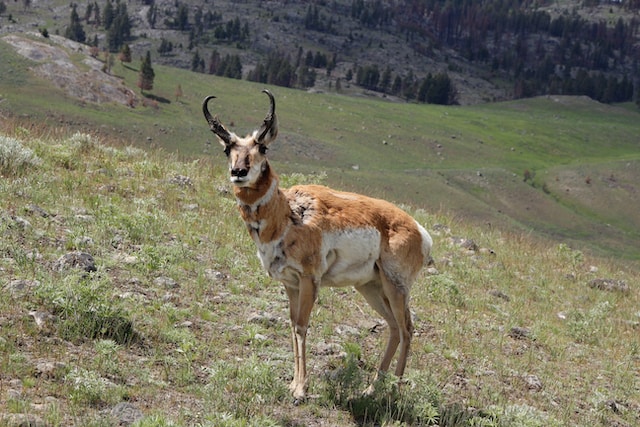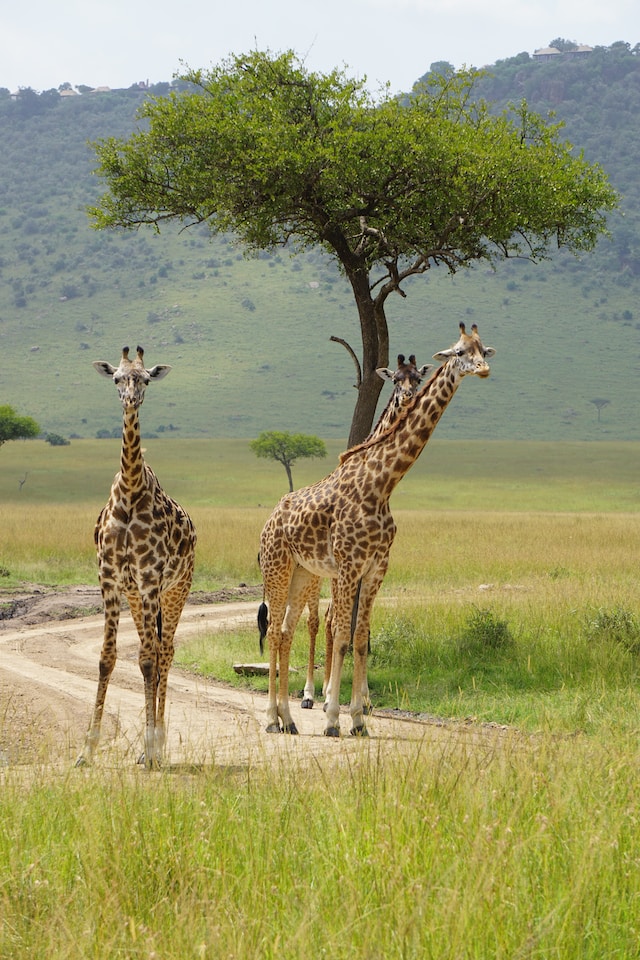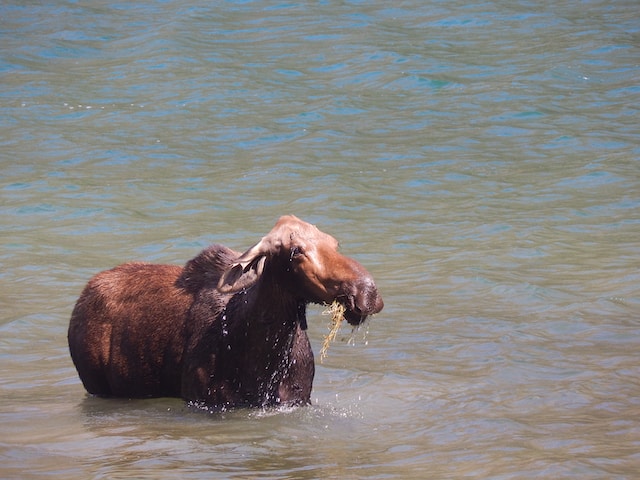Herbivorous Animals: Deer vs. Its Closest Relatives, What Do They Eat?
» Deer stories » Other Animals » Herbivorous Animals: Deer vs. Its Closest Relatives, What Do They Eat?As discussed previously on our website, deer belong to herbivores. But have you ever wondered how their dietary habits compare to those of their closest relatives in the animal kingdom? In this article, we'll delve into the world of herbivorous animals, focusing on the iconic deer and their dietary preferences in relation to their closest kin.

Photo by Hanna May
Deer are a fascinating family of herbivorous mammals that roam various ecosystems around the world. From the North American white-tailed deer to the majestic reindeer of the Arctic, these creatures display remarkable adaptability to their environments. Their range extends from the dense forests of Europe to the arid landscapes of Asia and the grassy plains of Africa.
One of the defining features of deer is their set of complex digestive adaptations. They have specialized stomachs, including a four-chambered stomach that allows them to efficiently break down plant material. Their elongated snouts and mobile upper lips help them reach and consume a variety of plant species.
Closest Relatives of Deer
Deer belong to the family Cervidae within the order Artiodactyla. Their closest relatives include other members of the Cervidae family, such as moose, elk, and caribou, as well as distant relatives like giraffes and pronghorns.

Photo by Julie Wolpers
While deer share certain characteristics with their relatives, there are key features that set them apart. For instance, their unique antlers, found in males of most species, distinguish them from other herbivores.
Dietary Comparisons
Comparing the dietary habits of deer to their closest relatives reveals interesting insights.
While the diets of herbivorous animals like deer and their closest relatives share some similarities, there are also significant differences among them. The key points to consider are:
Similarities:
- All these animals primarily consume plant material as their main source of food.
- They may exhibit seasonal variations in their diets based on food availability.
- Herbivorous animals often display specialized digestive adaptations to efficiently process plant matter.
Dissimilarities:
- The specific types of plants consumed can vary widely among these animals. For example, some may prefer grasses, while others opt for leaves, fruits, or woody browse.
- Different herbivores may have evolved unique feeding behaviors and strategies to access their preferred food sources. For instance, deer typically graze on lower vegetation, while giraffes are adapted to feed on tall trees.
- Some relatives of deer, such as moose, may have more diverse diets, including aquatic plants and woody vegetation, which distinguish them from their more selective deer counterparts.

moose eating aquatic plants, photo by Josie Weiss
Summary
In the grand tapestry of herbivorous animals, deer stand out as adaptable creatures with a strong preference for a plant-based diet. Their closest relatives may share some common traits but exhibit dietary variations that reflect their own evolutionary journeys.
Published 05 October 2023
More «Other Animals» stories
Playful Paws and Hooves: Do Herbivore Young Play Like Carnivores?
Nature's playground is filled with diverse and fascinating creatures, each exhibiting unique behaviors that captivate our attention. While we often associate playful antics with carnivores, the question arises: do herbivore young engage in play similar to their meat-eating counterparts? The answer may surprise you, as the world of herbivores reveals a playful side that challenges stereotypes.
read more...
Spit Happens! (What Animals Spit and Why)
If you thought spitting was just a human thing, think again! Animals are joining the slobber spectacle, and trust me, they've got quite the repertoire of spit-tastic moves. From llamas to camels, the animal kingdom is spewing surprise after surprise. So, buckle up and get ready for a wild ride through the fantastic and funny world of animal spit!
read more...
What Animals Can Eat Oats
Oats stand out among cereals. Around the world, they're used in livestock feed and pet food. List of animals that can consume oats and benefit from eating oatmeal.
read more...
 '
'


